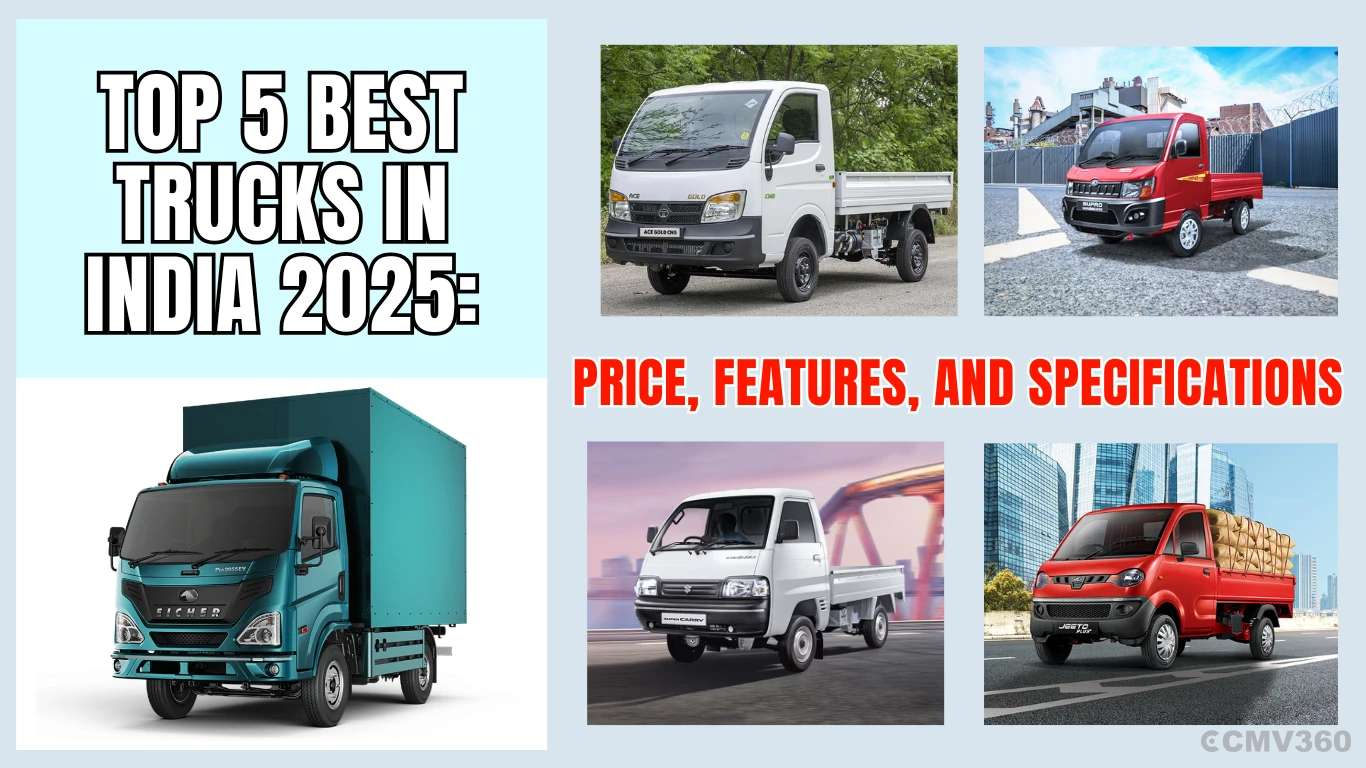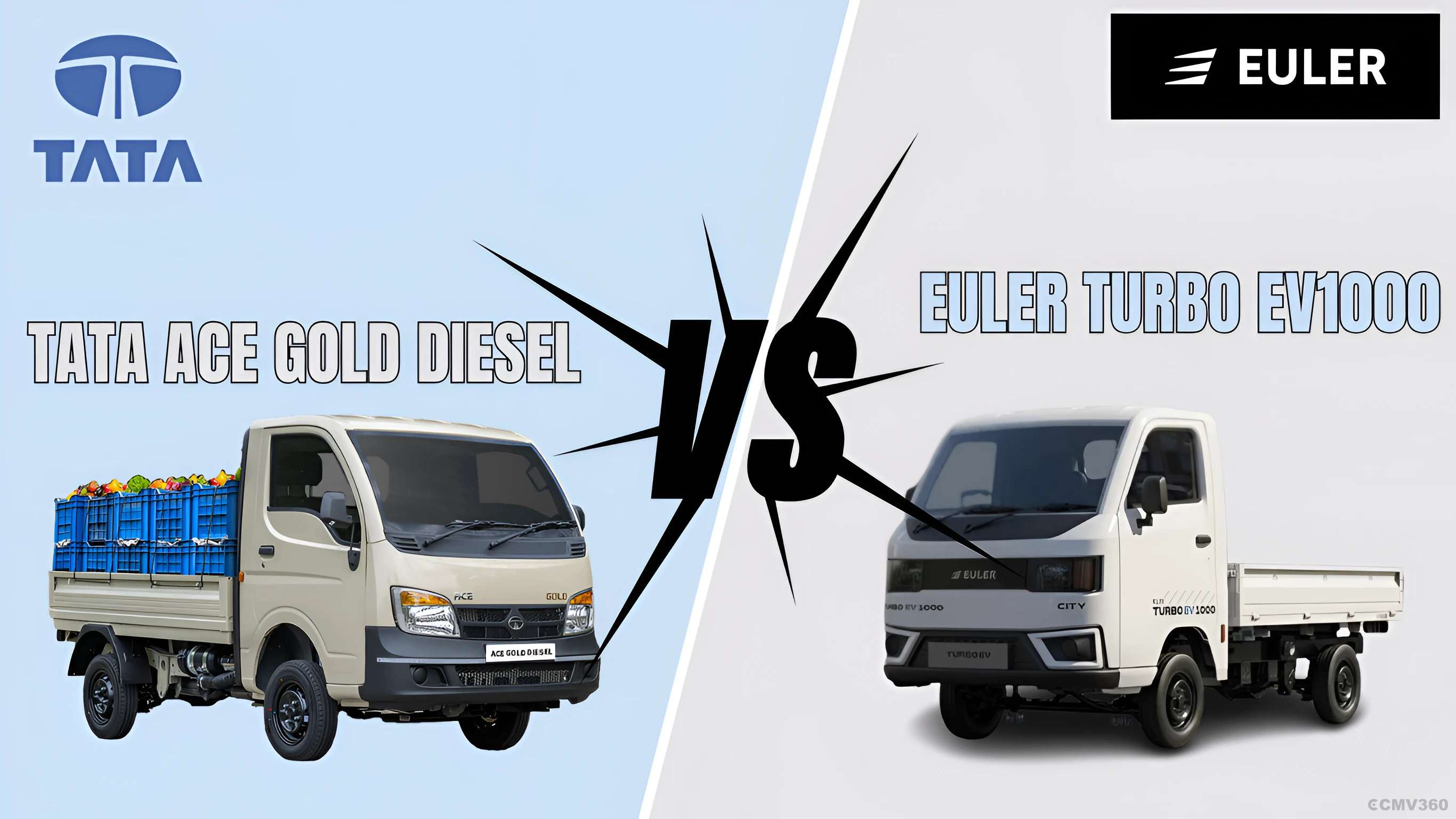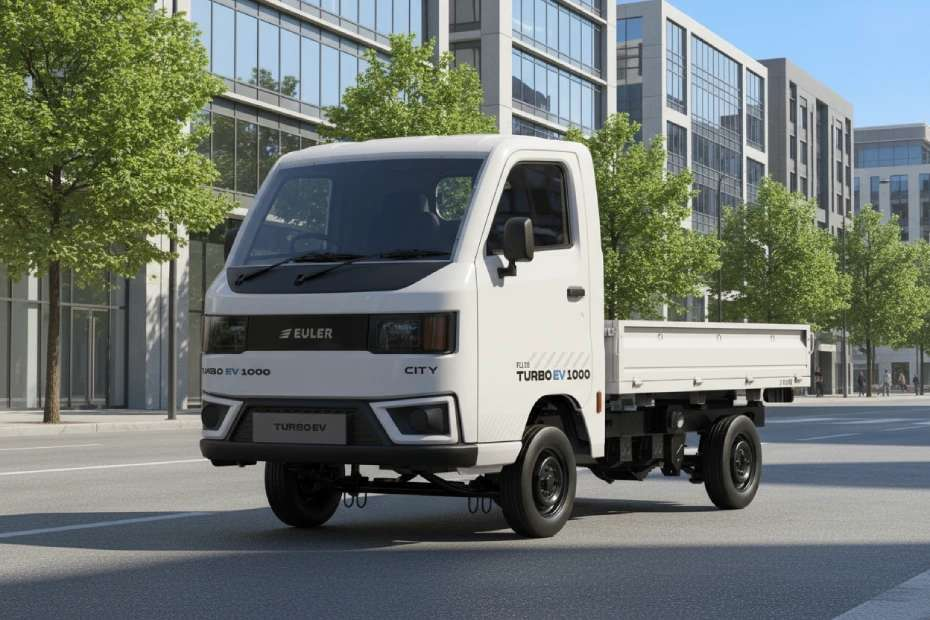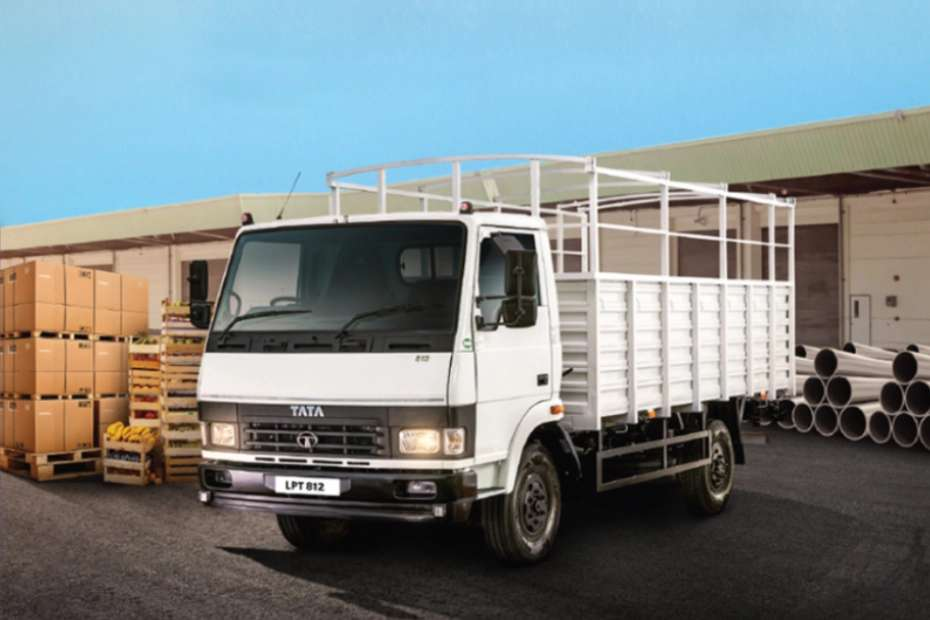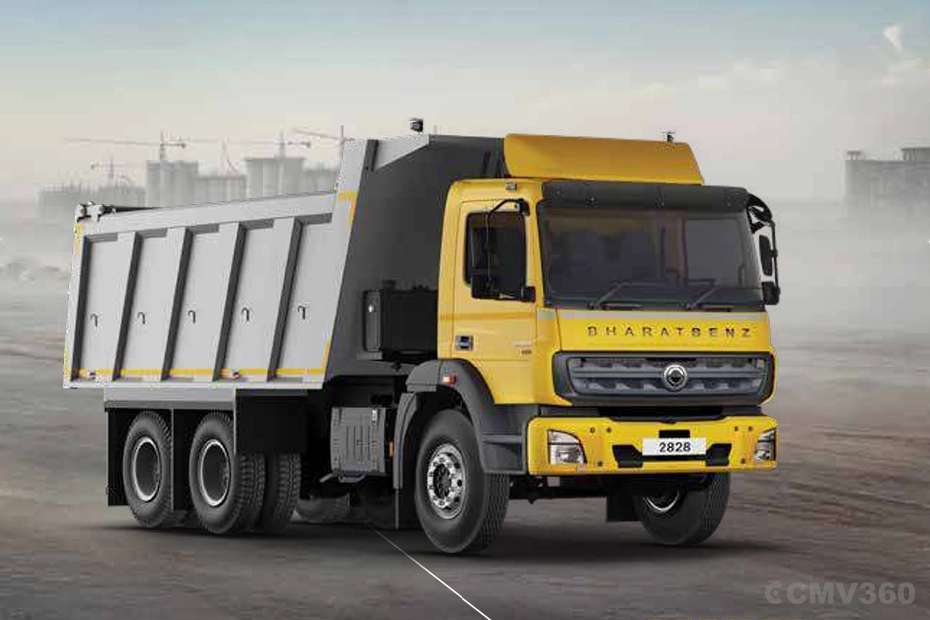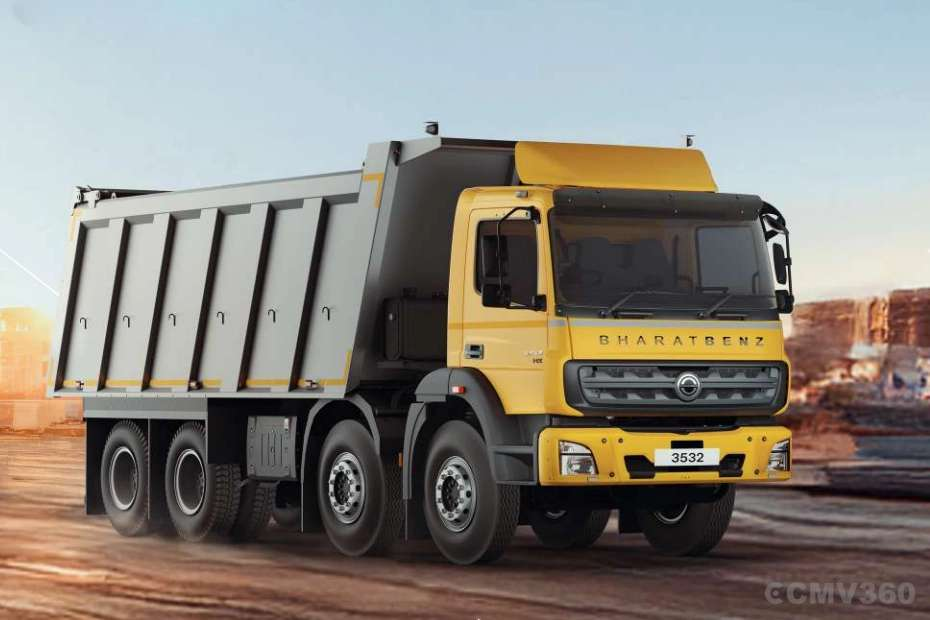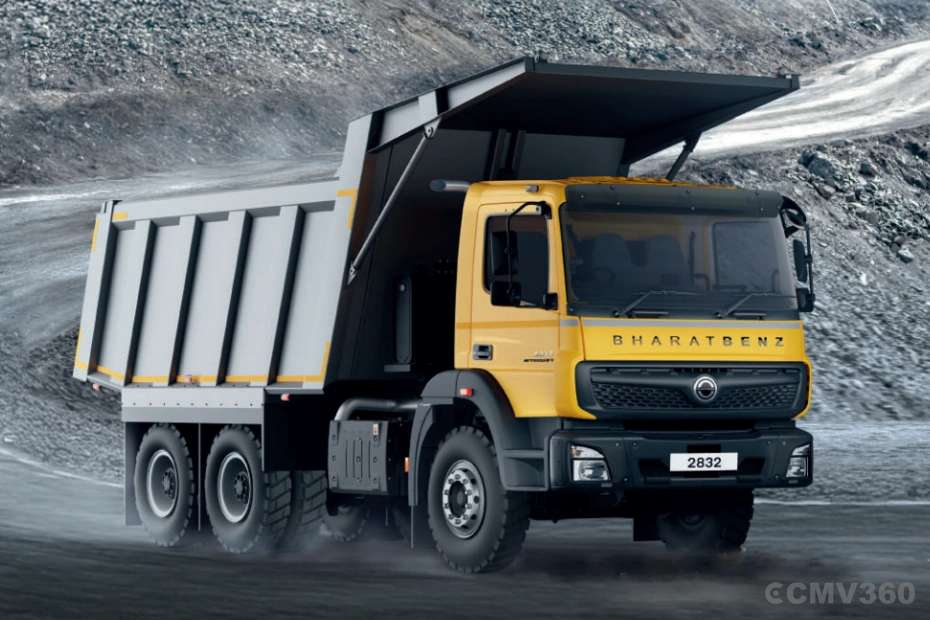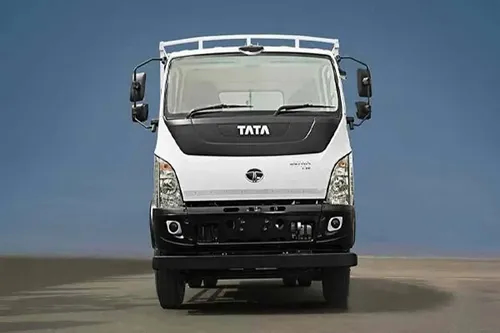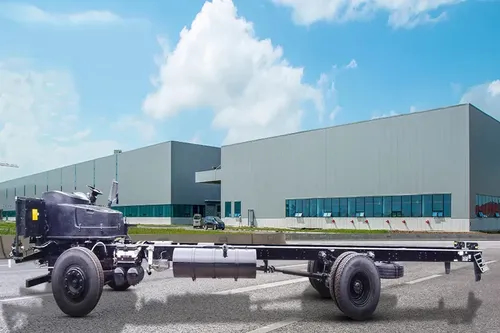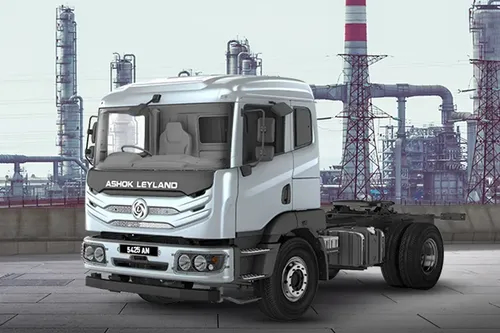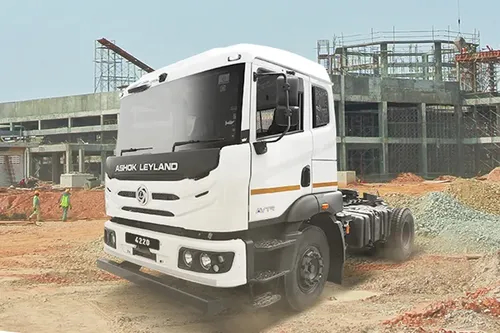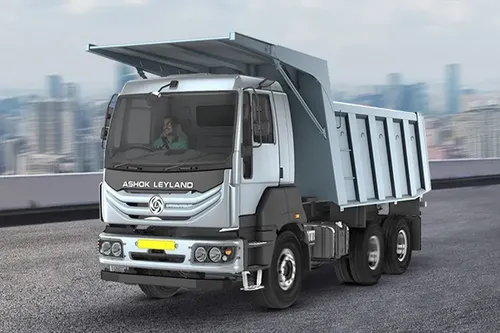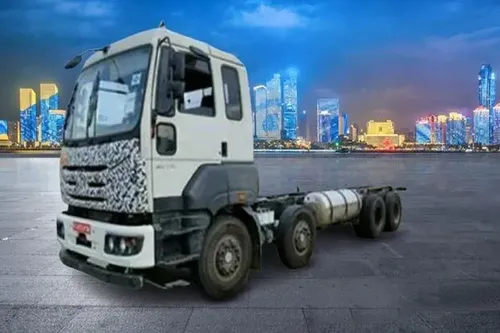Ad
Ad
Tyre Bursts: Precautions and Safety Measures
Tyre bursting can occur due to a number of factors. Burst tyres can also be caused by cuts, nicks, and punctures in the tyre or treads. These are some tips to assist you to reduce or avoid the possibility of a tyre burst.

Tyres are unquestionably one of the most critical components of any vehicle. Tyre makers have invested heavily in research and technology over the years to improve grip, longevity, and reliability.
We've heard of several occurrences or accidents caused by tyre explosions or blowouts. This is an automobile driver's worst nightmare, especially when travelling at high speeds. A tyre burst at high speed might cause the truck to lose control and cause an accident.
What are tyre bursts?
Tyre bursts are a significant safety issue that can cause some of the most serious accidents and injuries on the road. A tyre burst is the sudden loss of air pressure in a tyre, causing it to rapidly deflate. This can cause the car to lose control, which can have disastrous effects.
Also Read: TYRES: Wet Road driving safety tips
What causes a tyre to burst?
When we identify the underlying source of a problem, prevention and resolution become much easier. Tyre bursting can occur for a variety of causes. Let's look at the following examples:
Underinflation: Before setting off on a journey, make sure your tyres are properly filled. The most common cause of a tyre blowout is underinflation.
Over-speeding: Tyre bursts might occur if you do not adhere to the speed limitations or speed rating of your tires. Never exceed 80% of a tyre's speed rating if you want to be in the safest zone. Keeping below the speed limit also allows the driver to regain control of the vehicle if a tyre bursts.
Overloading: Overloading is a severe problem, particularly in huge trucks. Overloading stresses the sidewalls, weakening the tyre and generating more heat, which eventually leads to bursts.
High Temperature: During the summer, roads, particularly those made of concrete, can get quite hot. Driving at high speeds on such terrain is a recipe for disaster, as the tyre may not be able to disperse heat rapidly.
Tyre durability: Tyre quality is equally important and proportionate till they may be used. Low-quality tyres are prone to early wear and are more likely to burst at high speeds.
Burst tyres can also be caused by cuts, nicks, and punctures in the tyre or treads. They can be caused by stray sharp objects on the road, such as nails or broken glass, or by driving over potholes or dangerous terrain.
How to Deal with a Tyre Burst?
When a tyre bursts, you can take the following steps:
Keep a safe driving speed: The slower you go, the better your chances of survival. A blowout at 80-90 km/h (50-56 mph) will be much less spectacular than one at 140-150 km/h (87–93 mph). Yes, surviving a tire burst at 150 km/h (93 mph) is a gift from God.
Avoid pressing on the brakes: In fact, hard braking is the worst thing you can do. That will further destabilize the vehicle and cause it to lose control.
Don't let up on the accelerator pedal too quickly: Slowly and gently remove your foot from the accelerator. In fact, it is recommended that hold the accelerator input for a few seconds before progressively releasing it. The deceleration force from a blown tire is so high that your truck will slow down quickly regardless. If you've activated cruise control, make sure you turn it off right away.
Make every effort to keep the truck pointing straight: With a flat tire, the vehicle will be very unsteady when cornering or turning. If your vehicle is pulling to one side, try moving the steering wheel in the opposite direction to maintain it straight. This is crucial because otherwise, you risk drifting into the road divider or, worse, the other lane.
Do not try to overcorrect: The trick is to keep the vehicle stable. A sudden grab on the steering wheel can cause a collapse. Even after you've regained control and are slowly approaching a safe parking location, use the gentlest steering inputs possible.
Allow the vehicle to come to a halt gently: Just lightly apply the brakes when your vehicle has decelerated to a slow speed. Employ your turn signals to safely pull over off the road. Drive on the bare metal wheel if necessary, but don't stop in the middle of the road since you risk being rear-ended by a speeding car. As you come to a complete stop, remember to turn on your warning lights.
Also Read: Top 5 Truck Tyres for Indian Highways
Steps to reduce or avoid tyre burst.
These are some tips to assist you to reduce or avoid the possibility of a tyre burst.
- Limit your speed.
- Avoid under or over-inflating your tires.
- Before any long/high-speed journey, inspect the tyres for bulges/cuts.
- Remove a tubeless tyre that has been running for a long time with a puncture.
- Take regular breaks.
- Tire pressure should be checked on a regular basis.
- Avoid tyres from unknown producers and insist on BIS-marked tyres.
- Repair worn-out tyres as soon as possible.
Never use retreaded or side-wall repaired tyres.
Features & Articles
Top Tata Ace Models in India 2025: Complete Guide for Small Businesses and Last-Mile Transport
Explore all Tata Ace models in India 2025 with prices, features, payload, mileage, and benefits. A simple and complete guide for small businesses and last-mile delivery b...
19-Nov-25 12:01 PM
Read Full NewsTata Ace Pro vs Tata Ace Gold: Which Mini Truck is Better for Your Business in 2025?
Compare Tata Ace Pro and Tata Ace Gold in detail. Know their price, specs, performance, and features to choose the best mini truck for your business in 2025....
13-Nov-25 12:36 PM
Read Full NewsTop 5 Buses in India 2025: Most Popular and Advanced Models for Comfortable Travel
Discover India’s top buses in 2025. Compare features, prices, and uses of the best models from Volvo, Tata, Ashok Leyland, SML Isuzu, and Force Motors....
06-Nov-25 10:46 AM
Read Full NewsTop 5 Best Trucks in India 2025: Price, Features, and Specifications
Explore the Top 5 Best Trucks in India 2025 with price, mileage, and features. Compare mini trucks, pickups, and electric trucks ideal for small businesses and transport ...
31-Oct-25 12:39 PM
Read Full NewsEuler Turbo EV1000 vs Tata Ace Gold Diesel: The 1-Tonne Battle Between Electric and Diesel Trucks
Compare the Euler Turbo EV1000 and the Tata Ace Gold Diesel. See performance, range, price, and total cost insights to find which 1-tonne truck offers better value and sa...
28-Oct-25 07:16 AM
Read Full NewsTop Truck Brands in India 2025: Complete Guide to Models, Features & Market Leaders
Explore the leading truck brands in India 2025. Discover models, features, and innovations from Tata, Mahindra, Ashok Leyland, BharatBenz, Eicher, and more shaping India’...
13-Oct-25 10:09 AM
Read Full NewsAd
Ad



